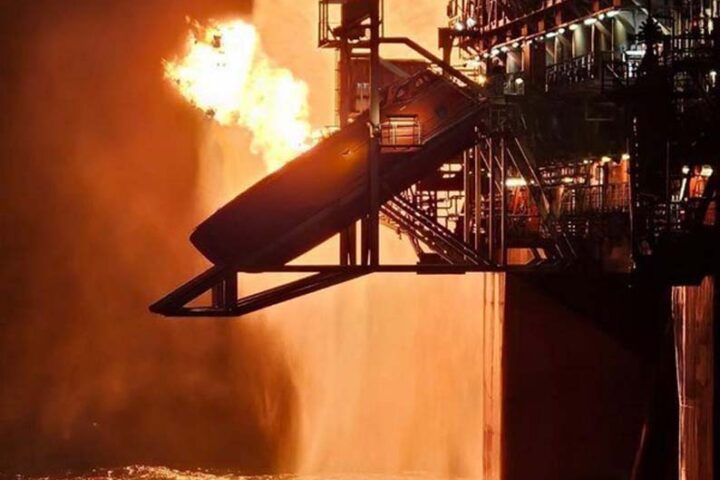Great expectations in India
 Between April 7 and May 12, the world’s largest democracy will take to the polls. The outcome of India’s general election could very well determine the country’s economic fate and global positioning for years ahead.
Between April 7 and May 12, the world’s largest democracy will take to the polls. The outcome of India’s general election could very well determine the country’s economic fate and global positioning for years ahead.
The upcoming election comes as India faces its longest period of below 5% economic growth since the 1980s. Despite efforts of the last decade, 270 mln Indians still live in poverty according to government estimates. In the last three years, India has gone from having the most improved productivity among the large emerging economies to the least.
This is a country where more than half of the 1.2 bln-strong population are under 25 years old. The job-hungry, young voters constitute an ambitious voting bloc who scorn the ruling Congress Party for corruption scandals and slow economic growth. Thanks to the Internet, they are well aware of what other emerging markets are achieving and they are passionate and outspoken about reform.
The challenge for the next government will be to spur economic growth as well as reducing inflation. Finance Minister, Chidambaram, suggests that growth of 8% is necessary in order to create enough jobs for the high numbers of young people joining the labour force.
Appealing to the youthful resolve of voters, opposition candidate Narendra Modi, head of the Hindu nationalist Bharatiya Janata Party (BJP) has positioned himself as a leader who will boost the economy, build necessary infrastructures such as a high speed rail network, improve education in both urban and rural regions, and create 250 mln jobs within the next decade.
Can Modi lead India forwards and replicate the dynamic growth such as we have seen in China? Opinion polls indicate that support for Modi to become the next Prime Minister is flying strong and is double the level of support for the Congress leader, Rahul Gandhi. However India’s complicated political setup, with dozens of regional parties, makes a coalition government likely.
Amid speculation that the new government will take a more proactive approach in kick-starting the economy, the rupee has risen to a seven month high. Foreigners are now purchasing Indian assets, with global funds investing $3.5 bln in Indian stocks this month. If indeed India’s next government is as hungry for reform as the young voters who elect it, and is capable of delivering the promised results, the potential for growth is tremendous.







